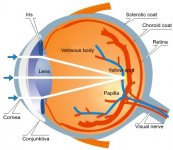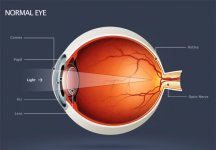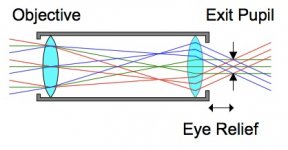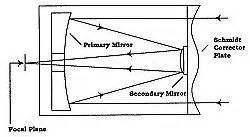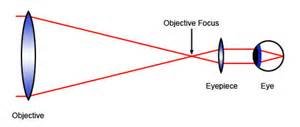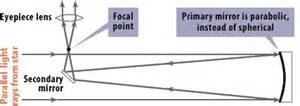Hi Bill,
Nice of you to notice. Yep, I'm pretty much down to occasionally popping in to say something snarky! Facts are I never get much chance to test anything new, and am satisfied with my stable of binoculars as is, so have nothing to contribute.
Lately, in fact, I'm so buzzed by my 8x30 FMTR-SX that all "optical advancements" made since seem sort of goofy. And since it's one of, like, three, in existence, a bragging review would serve no purpose but my own geezerism.
But I gleefully log on every night, beer in hand, and follow all the reports on the "latest thang from Stuttgart", and rumors thereof.
Ron
Nice of you to notice. Yep, I'm pretty much down to occasionally popping in to say something snarky! Facts are I never get much chance to test anything new, and am satisfied with my stable of binoculars as is, so have nothing to contribute.
Lately, in fact, I'm so buzzed by my 8x30 FMTR-SX that all "optical advancements" made since seem sort of goofy. And since it's one of, like, three, in existence, a bragging review would serve no purpose but my own geezerism.
But I gleefully log on every night, beer in hand, and follow all the reports on the "latest thang from Stuttgart", and rumors thereof.
Ron




